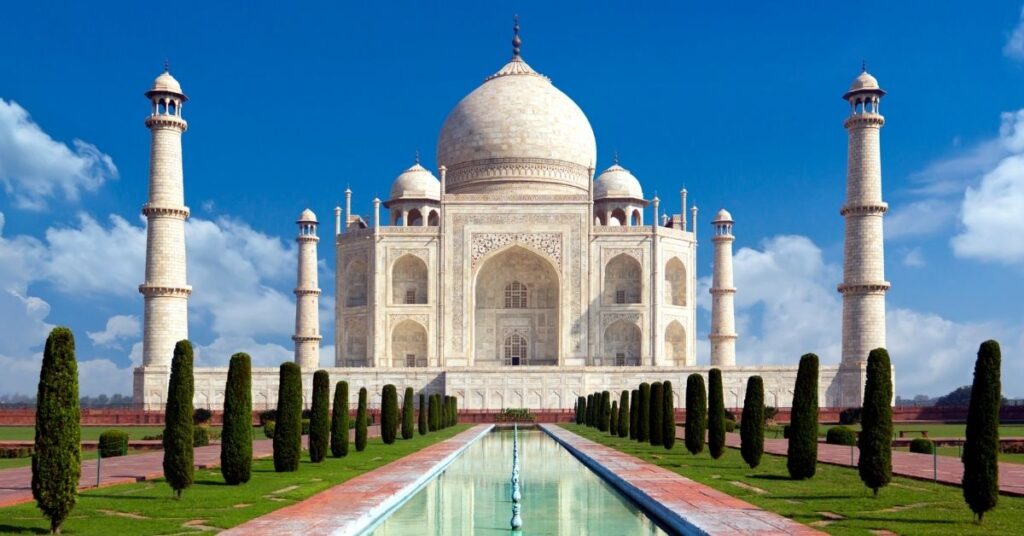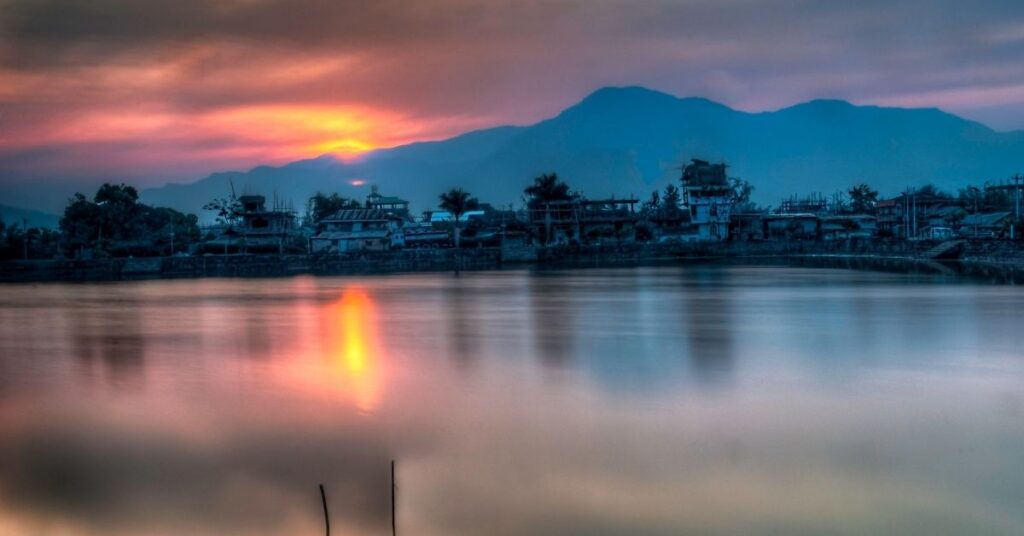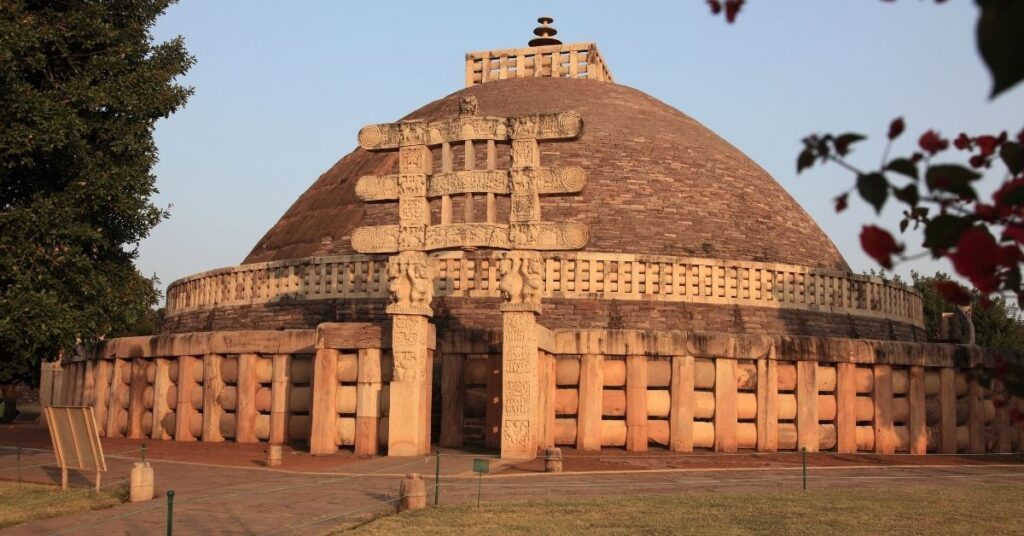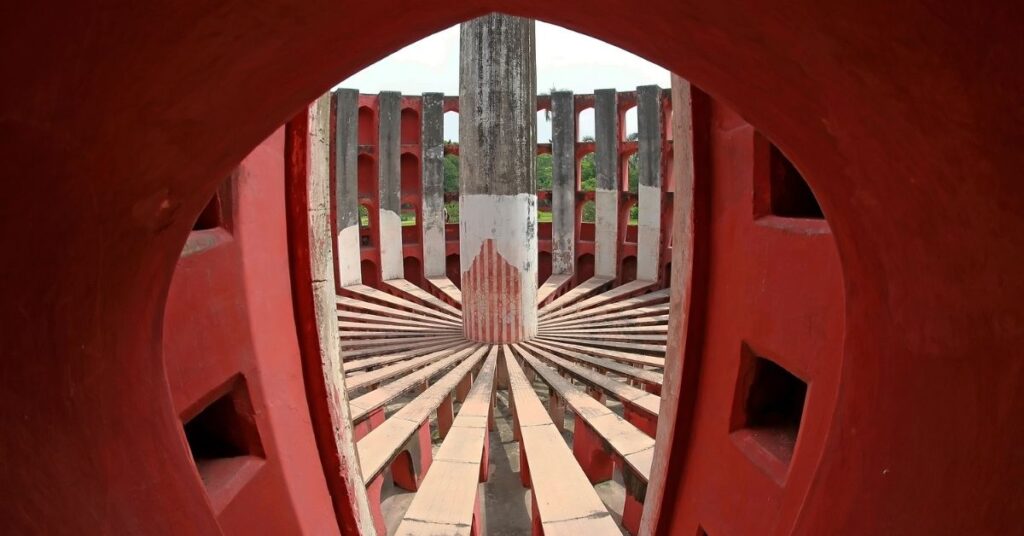Places of Cultural, Architectural, historical, and scientific importance that students must-visit for educational trips.
Today, Educational trips facilitate practical understanding and knowledge of what theoretical textbooks can not teach students. Studying within the 4 walls of a classroom can be boring. However, students can learn more by visiting places of educational importance. God bless India for the variety of knowledge one can get by simply traveling to some marvels of the country. We are here to tell you some of the best places in India for educational trips.
Moving forward, Let us explore places of educational importance for students based on their academic background or interest:

Based on Architecture
If you read our article on the top 20 places to visit for architecture inspiration in India, the list is endless. Today, India flourishes with examples of architectural marvels. Some of the must-visit places would be:
- The Taj Mahal, Agra: A Popular mausoleum that was built using white marble also famous for optical illusions.
- Lotus Temple, Delhi: it is an open for all place to worship. It has one of a kind freestanding petal architecture that creates the flower-like structure.
- Rani ki Vav, Gujarat: An inverted step-well temple worshipping water with 7- levels of inverted architecture is truly mesmerising.
Educational tours and trips to these monuments and architectural marvels can truly educate our youth about architectural styles. Indian, Indo-Islamic, ancient medieval, modern contemporary, maru-gurjara, with subtle blends of Persian are examples of Indian architecture.
Explore the amazing architecture of Bhuj- https://indiachalk.com/blog/bhuj-exploring-the-city-beyond-hotstar-special/

Based on Rural and Tribal Development
The seven sisters of India are a must-visit belt of North Eastern States for understanding tribal and rural culture and heritage. Educational trips to these states can also highlight crucial aspects of their lifestyles, economic and social development. In addition with means of living, art, history, culture, and the traditional significance of their way of life. The Living Roots Bridge in Meghalaya; floating lake in Manipur, Sela Pass in Arunachal Pradesh, are examples of the co-existence of human life with nature. Educational Tours can not only explain how tribes of India have a lifestyle in alignment with their surroundings but also how it is a crucial part of their culture.

Based on nature and wildlife
Students from backgrounds like botany, zoology, wildlife preservation, and forest protection, have a wide array of places to visit for educational purposes. India is home to some of the most renowned wildlife sanctuaries of the world. The Gir Forest famous for Asiatic Lions, Kaziranga, Periyar, Jim Corbett, Ranthambore, are a few out of the many. short educational trips to these sanctuaries could enlighten students about Ecological systems and also the plethora of wildlife that exists in India.

Based on Historical Heritage and Importance
India saw not only different ages but also different rulers and kingdoms. A delight for history students, India has an abundance of historical monuments and forts that stand strong even today. From the Gigantic forts Of the Mewar-Marwar rulers of Rajasthan, To the Mughal Sultanate’s Capital in Delhi. Also not to forget the Glorious Chhatrapati Shivaji Maharaj and Peshwas of Marathwada and Deccan. Monuments like Chittor Fort, Taj Mahal, Amber Fort, Shaniwarwada, Red Fort, Sanchi Stupa, etc are places with a high historical significance. These places also have a story related to their historical origin at the site.
History student or not, you’ll love it- https://indiachalk.com/blog/lothal-the-carrier-of-the-indus-valley-civilisation-legacy/

Based on Mathematics, And Science
It is hard to believe that some heritage sites today are made using mathematical and scientific theories and ideologies right? We have your answers. Jantar Mantar in Jaipur was built using astronomical concepts. In addition, it is also home to the largest stone sundial in the world. On the other hand, Hawa Mahal was built keeping natural ventilation in mind that keeps the place cool even in the extremely hot temperatures of Jaipur. As a matter of fact, these monuments reflect upon the Importance of Science and calculated thinking even back in the day when advanced development did not exist.
Education is constantly evolving in India and while classroom education helps, experiencing and observing completely changes the way students comprehend. Not to mention, educational trips and tours enable students to see for themselves the real-life examples of their curriculum. While the future holds advanced learning, the past enables students to look back and learn from the progress made so far.
Also follow India Chalk on Instagram for more amazing travel content. You can share your travel story with us. Reach out to us on email at contact[at]ndiachalk[dot]com. This blog is curated by India Chalk and written by Megha Sapre.






2 Comments